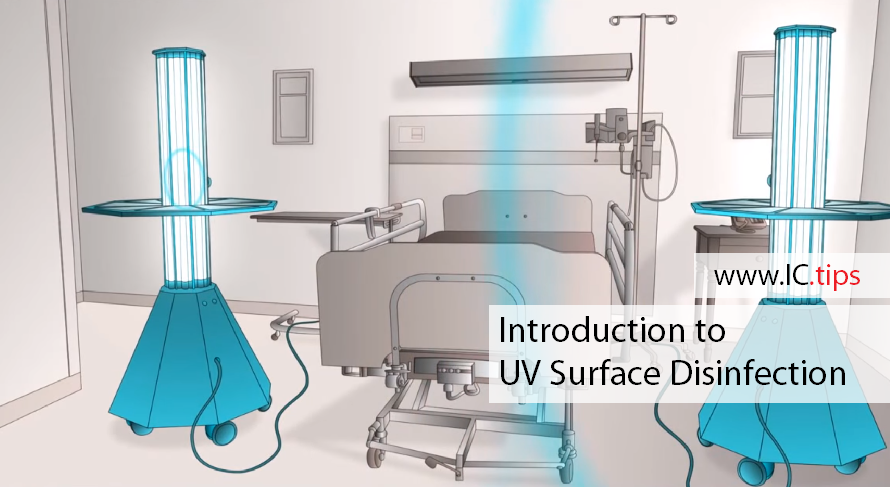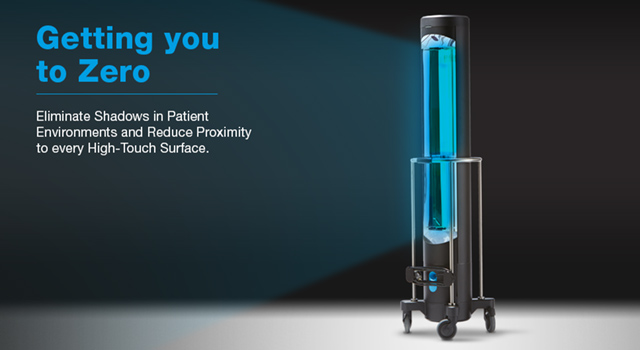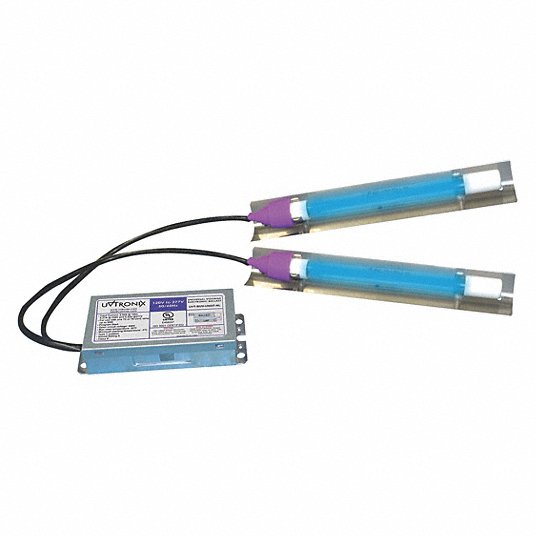Utilizing the Power of UV Surface Disinfection: A Comprehensive Overview for Healthier Spaces
Utilizing the Power of UV Surface Disinfection: A Comprehensive Overview for Healthier Spaces
Blog Article
Checking Out UV Disinfection: A Necessary Tool in the Fight Versus Hazardous Pathogens
As the world faces an ever-increasing risk from harmful virus, the search for effective methods of disinfection has actually come to be an urgent top priority. While traditional cleansing techniques have revealed some success, there is a growing acknowledgment that we require to check out innovative techniques to battle these undetectable opponents. One such approach that has actually amassed substantial interest is UV disinfection. Using the power of ultraviolet light, this technology has shown promising results in removing a wide array of microorganisms. But exactly how does it work? What are the benefits? And where can it be used? In this discussion, we will certainly dig right into the world of UV sanitation, uncovering its prospective as a crucial tool in the battle against harmful pathogens.
Exactly How Does UV Sanitation Job?
UV sanitation works by using ultraviolet (UV) light to remove hazardous microorganisms and prevent their spread. This extremely reliable approach involves the use of UV radiation to disrupt the DNA and RNA of bacteria, making them not able to reproduce and triggering their ultimate destruction.
When UV light is used for disinfection, it is usually sent out from a lamp or bulb that produces a particular wavelength of UV-C light. uv surface disinfection. This wavelength, varying from 200 to 280 nanometers, is especially efficient at permeating the outer cell wall of bacteria, viruses, and various other microbes. As soon as inside the cell, the UV radiation targets and harms the genetic material, avoiding the microorganism from recreating and causing infection
UV disinfection systems are made to emit the ideal strength and period of UV light to guarantee reliable pathogen removal. The dose of UV light required for disinfection depends on elements such as the sort of microbe, its resistance to UV radiation, and the details application. Additionally, the system has to be thoroughly engineered to guarantee appropriate exposure of the target pathogens and to stay clear of any possible injury to people or the environment.
The Advantages of UV Sanitation
UV disinfection provides a plethora of benefits in properly getting rid of dangerous pathogens and reducing the threat of infection. Unlike traditional sanitation methods that rely on chemicals, UV sanitation makes use of ultraviolet light to ruin the DNA and RNA of bacteria, making them not able to recreate and create infections.
An additional significant advantage of UV disinfection is its efficiency in eliminating a large range of microorganisms. UV light has actually been proven to successfully remove microorganisms, viruses, fungis, and protozoa, including those that are immune to typical disinfectants. This broad-spectrum effectiveness makes UV disinfection a flexible device in numerous setups, such as medical care centers, water therapy plants, and food handling sectors.
Along with its efficiency, UV sanitation also provides fast disinfection cycles. Unlike various other methods that need extensive contact times or repeated applications, UV sanitation can attain substantial virus decrease in an issue of secs. This quick and effective process permits enhanced productivity, reduced downtime, and increased overall operational performance.
Furthermore, UV sanitation is a non-contact technique, which means that it does not call for straight physical contact with the surfaces or items being sanitized. This feature makes it suitable for use on fragile devices and sensitive products that might be harmed or impacted by various other sanitation techniques.
Applications of UV Sanitation in Healthcare

UV sanitation is also used in the sanitation of clinical equipment and instruments (uv surface disinfection). The high strength of UV light can successfully eliminate germs, infections, and various other microbes, making sure that clinical devices are safe and totally free from contaminants. Furthermore, UV sanitation is made use of in water therapy systems within healthcare facilities. UV light is capable of suspending harmful bacteria, viruses, and parasites, making the water risk-free for intake and reducing the risk of waterborne infections.
Additionally, UV sanitation technology is utilized in the disinfection of healthcare uniforms and personal protective tools (PPE) By utilizing UV light, medical care specialists can make certain that their uniforms and PPE are cost-free from virus, avoiding the transmission of infections between people and medical care employees.
UV Disinfection in Public Spaces
Public areas are increasingly carrying out UV disinfection technology as an important step to fight the spread of damaging pathogens. With the recurring international pandemic and the this post constant risk of infectious conditions, the requirement for effective sanitation approaches in public areas has actually ended up being critical. UV disinfection look at here now supplies a effective and reliable option in this respect.

UV sanitation systems use ultraviolet light to deactivate the DNA and RNA of microorganisms, infections, and various other pathogens. This process disrupts their ability to duplicate and provide them safe. These systems can be set up in numerous public rooms, consisting of a/c systems, escalators, lifts, and surface area disinfection robots. The use of UV disinfection technology in public rooms not only assists in lowering the threat of infection yet additionally instills confidence among the public regarding their safety.
As public rooms remain to adapt to the difficulties presented by contagious illness, UV disinfection modern technology plays a vital duty in ensuring a risk-free and clean atmosphere. By executing such measures, public rooms can properly mitigate the spread of harmful pathogens and add to the general well-being of the neighborhood.
The Future of UV Sanitation Technology
As the need for improved disinfection approaches proceeds to expand in reaction to the recurring worldwide pandemic and the constant hazard of contagious illness, the future of UV sanitation technology holds appealing advancements in ensuring a lot more efficient and effective virus obliteration in different settings.

One area of advancement is the advancement of more mobile and compact UV disinfection devices. In addition, advancements in automation and robotics are being explored to improve the efficiency and efficiency of UV disinfection procedures.
Another area of exploration is making use of UV sanitation in air purification systems. By incorporating UV-C lights into cooling and heating systems, air-borne pathogens can be successfully neutralized, minimizing the threat of transmission in indoor settings.
Furthermore, researchers are checking out making use of UV disinfection in food handling facilities to make sure the safety and security and quality of foodstuff. UV-C light has actually been found to be efficient in removing foodborne pathogens, providing a chemical-free option to typical disinfection techniques.
Verdict
In verdict, UV sanitation is a necessary device in the fight versus damaging pathogens. With its capability to provide a environmentally friendly and chemical-free technique of sanitation, UV innovation holds fantastic possible for the future.
UV sanitation systems are made to produce the appropriate strength and period of UV light to make sure efficient pathogen elimination. The dose of UV light needed for disinfection depends on factors such as the kind of bacterium, its resistance to UV radiation, and the particular application. Unlike conventional sanitation approaches that rely on chemicals, UV sanitation makes use of ultraviolet light to ruin the DNA and RNA of bacteria, making them not able to recreate and trigger infections.In addition to its efficiency, UV sanitation also supplies anchor fast disinfection cycles. One of the primary applications of UV sanitation in health care is in the disinfection of person spaces and running theaters.
Report this page